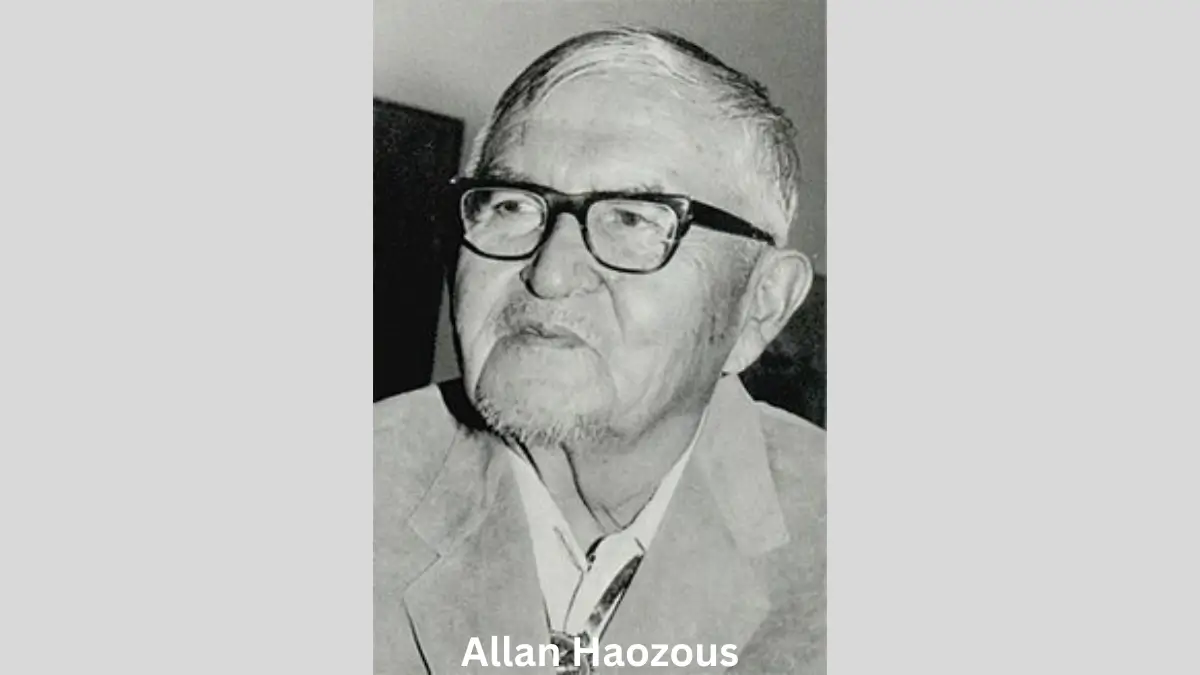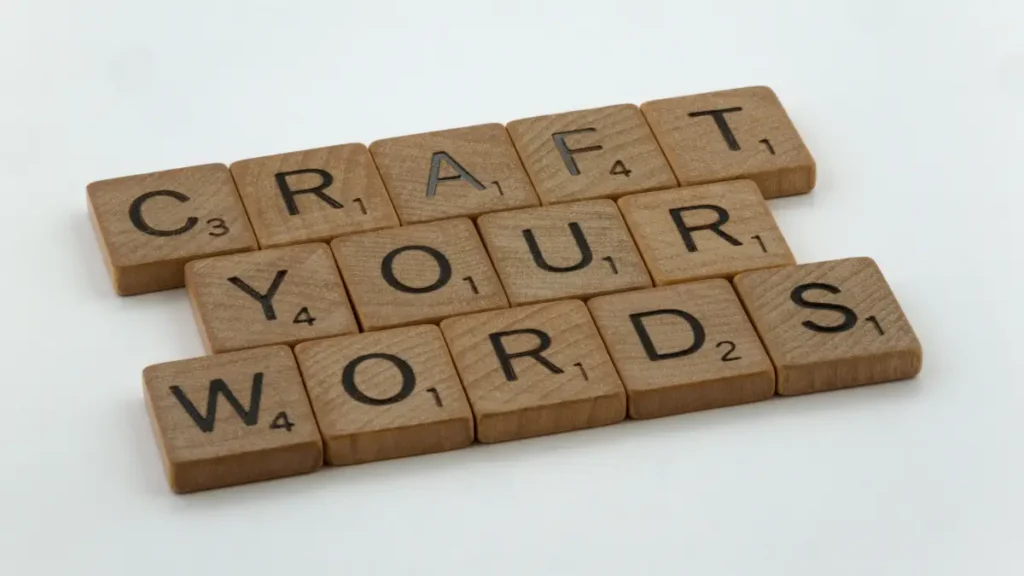Few artists reflect their culture so deeply as Allan Haozous because art is a reflection of the collective soul. The life and legacy of Allan Haozous are unveiled in this post. In this article, we will cover his background life briefly, followed by an artistic journey and substantial works to present-day influence in the world of art. By the end, you will know why Alan Haozous belongs at the top of any list of artists.
Early Life and Heritage
Allan Haozous was born in 1914 to Sam and Blossom Haozous. His upbringing was traditional which impacted greatly on his love for art. Haozous, the son of a well-known artist, grew up surrounded by creativity and stories that shaped his worldview.
Raised in the heart of Apache country, his roots played a vital role in his later works. From an early age, Haozous showed a natural talent for art, often creating pieces that reflected his unique heritage. This deep connection to his roots became a hallmark of his career.
Artistic Beginnings
Haozous started as quite a humble artist. He started off working with wood and produced some very ornate carvings, which he often linked to Apache tales. The artist combined traditional and contemporary methods in his early works, setting the tone for later creations.
Taking on schools of art, Allen Haozous flourished his skills and learned new things. They are also the years that shaped his unique style. His schooling helped him to combine his traditional learning with modern arts and this amalgamation was an instant hit.
Transition to Sculpture
Haozous’s career took a big turn when he changed to sculpture. He began using metal and stone as his materials. This shift opened up new sizes and space for him to work in so that his art could have greater weight and stay around longer.
Nature, spirituality, and human emotions are common themes in Haozous’s sculpture. One thing that set him apart from other artists was how he could put all the raw emotion into cold metal or stone. Each spoke a story, enclosing its viewer into wider cultural narratives.
Key Works and Themes
A discussion of Allan Haozous always includes his signature pieces. His works, such as Mountain Spirit Dancer and Apache Crown Dancer, are some of the most revered in their complexity and emotional content. These statues are more than art; they come from a place where the Apaches found grounding in their way of life.
Haozous often explores themes about nature and spirituality. A lot of times in his sculptures he includes animals, natural objects, and spiritual figures – all of them being very carefully made so that their every detail is taken into account. These ideas touch something inside people who see them. Because they can understand what kind of person the artist is deep down inside himself or herself, through these pieces as well as where he comes from.
Influence on Contemporary Art
Native American art is not the only thing impacted by Haozous. His different way of doing things and what he chooses to talk about in his work has been an important force among artists around the world today. He mixed old designs with new methods, so his pieces could be understood by many different people from many different places. Thus creating a new kind of artistic expression.
A lot of today’s artists refer to the point that Haozous is one of their biggest influencers. The most important thing about him is his skill to combine culture with what is currently beautiful, thus giving a chance to younger creators. Moreover, another reason why his work continues to be such a big deal is, because it reminds everyone how crucial saving culture within modern-day art truly is.
Cultural Preservation
Art has been a way to keep in touch with his Apache heritage for Haozous. He said that each work is a homage to the people who came before him and how they told their tales. It showed through all of his sculptures this commitment to preserving culture.
With the help of his art, Haozous has educated people on the culture of the Apache. His works have become cultural artifacts that will centuries preserve the traditions and legends of the tribe. Given the reality that indigenous peoples are at a high risk of extinction, this aspect of his work is extremely relevant.
Awards and Recognition
His work is recognized by the Native American and mainstream art worlds alike, showing that it has a universal appeal. Furthermore, the fact that he was awarded the National Medal of Arts demonstrates how important he is as an artist who brings different cultures together.
Personal Philosophy
To Haozous art was not just his profession. it was the way he lived his life. His philosophy was rooted in the notion that for art to be truly meaningful, it should echo one’s soul & heritage. It was the basis of every work he made.
Haozous frequently talked about his work in spiritual terms. He felt each of his sculptures express a part of him and the spirits he shared with those long past. This is why people find it easy to relate to and are fascinated by his work because it is deeply personal.
Educational Contributions
Haozous was a committed educator in addition to being an artist. He had a strong belief in teaching others what he knew. He did this by giving lectures, hosting workshops, and acting as a mentor all of which enabled him to motivate many budding creators.
His educational contributions extend beyond formal settings. Haozous’s work itself serves as a teaching tool, offering lessons in cultural heritage, artistic technique, and personal expression. This dual role as an artist and educator amplifies his legacy.
He does more for education than just teaching in schools. Haozous’ pieces act as lessons, too, by showing people about their own culture, how to do art, and what it can mean for them. Being both an artist and teacher enhances his impact on the world even more.
Community Engagement
Being a member of the community meant everything to Haozous. His art served as a common ground for people, often curating Apache culture-themed shows and events. Through his work, he was able to cultivate self-esteem and harmony among the citizens.
Through community engagement, Haozous aimed to make art accessible to everyone. He believed that art should not be confined to galleries but should be a part of everyday life. His community involvement reflects his belief in the power of art to inspire and unite.
Haozous hoped to use community engagement as a way of democratizing art. He thought that art should not only exist in galleries but also form part of daily life. His communitarian work mirrors the faith he has in art to breathe life into and combine
Legacy and Impact
The legacy of Allan Haozous extends far beyond his lifetime. His work continues to inspire and educate, serving as a bridge between cultures. The impact of his art is felt not only in the Native American community but also in the broader art world.
Haozous’s work will serve as a wellspring of inspiration for generations to come. It is the timelessness of his art that comes from his knack for blending convention with invention. For many years, the narratives he conveyed through carving will echo.
Conclusion
Allan Haozous was more than an artist. He was a teacher, ambassador of culture, and leader in the community. His work goes beyond time and space to provide us with a rare view into the human spirit as well as Apache culture. By looking at his life and what he has left behind we can learn about how powerful art can be in keeping records alive for generations yet unborn while also motivating them towards their own greatness.
If this exploration of Allan Haozous has you wanting to discover more Native American artists that matter, click here. Their tales and works provide us with valuable ideas about the cultural mosaic of this world.



